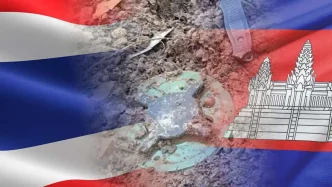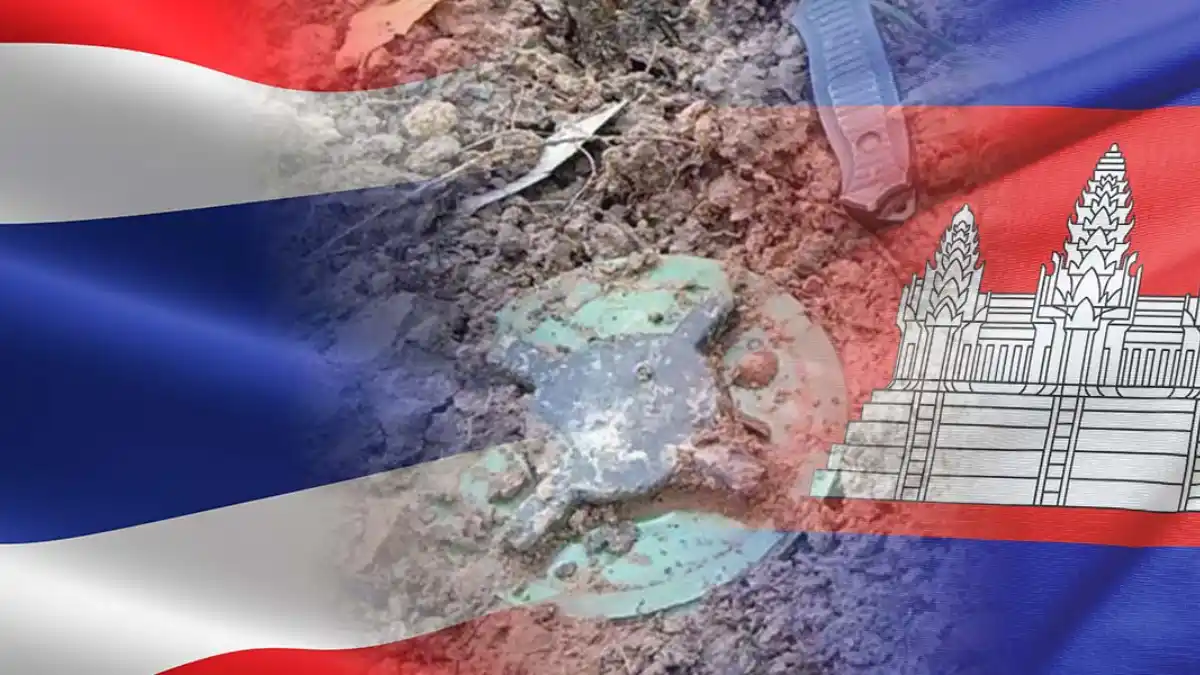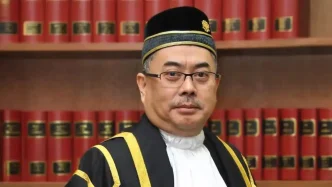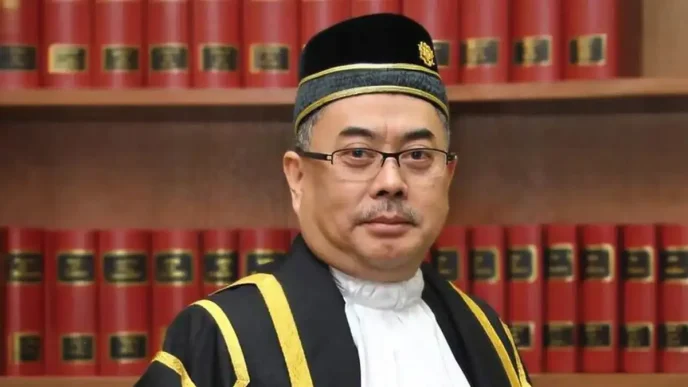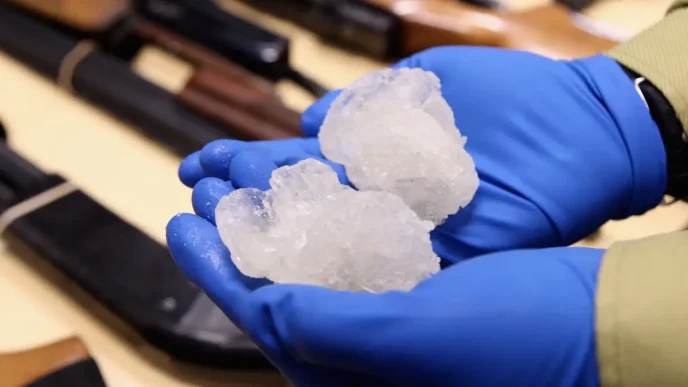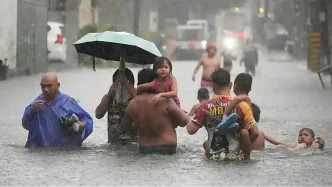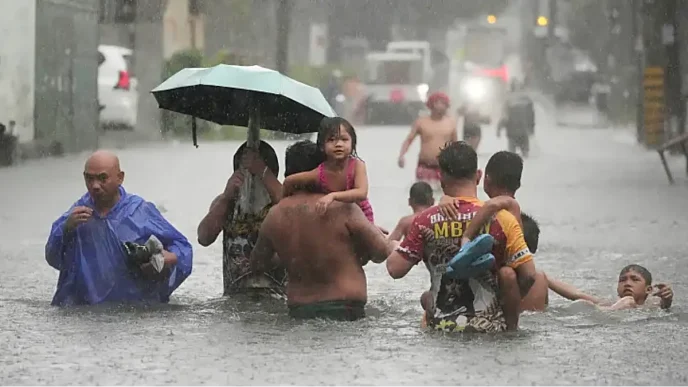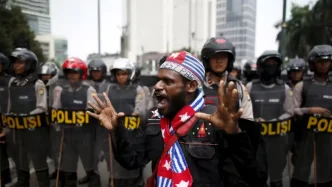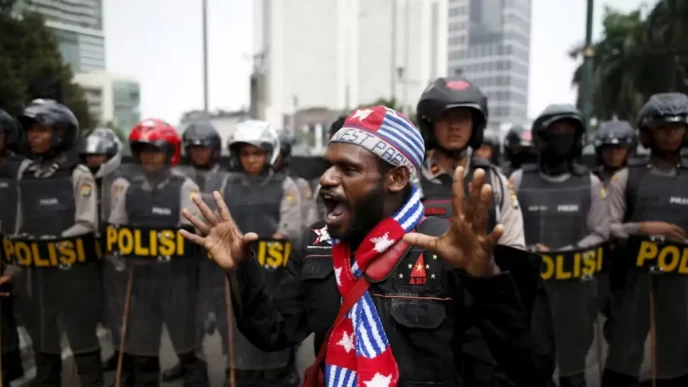In a sharp escalation of tensions along the Thai-Cambodian border, the Thailand Mine Action Centre (TMAC) has suggested that Cambodian authorities may have violated Thai sovereignty and disseminating by releasing misleading information following a landmine incident on July 16, 2025. The incident, which involved Thai soldiers stepping on a newly laid anti-personnel mine in a border area claimed by Thailand, has reignited long-standing disputes over territorial boundaries and mutual distrust between the two Southeast Asian neighbors. As both sides trade accusations, the situation underscores the fragile state of relations in a region marked by historical conflicts and unresolved border issues.
Details of the Incident
The incident occurred near the border in Thailand’s Ubon Ratchathani province, a region that has long been a flashpoint for territorial disagreements between Thailand and Cambodia. According to TMAC’s initial statement released on Tuesday, Thai soldiers encountered a landmine within an area under Thai sovereignty. The Centre emphasized that the device was not part of any Thai military operation, identifying it as a recently placed anti-personnel mine. While no casualties have been officially confirmed, the discovery has raised serious concerns about safety and security along the porous border.
TMAC has been quick to assert that the area in question falls unequivocally within Thai territory, a claim that aligns with Thailand’s historical stance on border demarcations in the region. The Centre’s statement sought to clarify the facts amidst what it described as a wave of misinformation emanating from Cambodian sources. This accusation points to a deeper issue of competing narratives, as border disputes in this area often involve conflicting claims over small but strategically significant patches of land.
Cambodia’s Counter-Claims and TMAC’s Rebuttal
In response to the incident, Cambodian authorities have reportedly accused Thai soldiers of planting additional landmines in the disputed area, a charge that TMAC has vehemently denied. According to TMAC’s second statement, Cambodian sources have circulated photos and videos via social media and local news outlets to support their allegations. However, TMAC dismissed these materials as fabricated or misleading, arguing that they do not reflect the reality on the ground.
This exchange of accusations is not new in the context of Thai-Cambodian relations, which have been strained by multiple border disputes over the past decades. The most notable conflict centered around the Preah Vihear Temple, a UNESCO World Heritage site claimed by both nations, which led to deadly clashes between 2008 and 2011. While the current incident has not yet escalated to that level of violence, the rhetoric from both sides suggests a potential for further deterioration if diplomatic channels fail to address the issue.
TMAC’s Outreach and International Engagement
In an effort to counter what it perceives as false narratives, TMAC has intensified its media outreach through its official channels, including its Facebook page and website. The Centre aims to ensure that accurate information reaches both domestic and international audiences. Additionally, TMAC has communicated its findings and concerns to ten international organizations and partners involved in humanitarian demining efforts. While specific names of these organizations were not disclosed in public statements, the move indicates Thailand’s intent to frame the incident as a broader issue of regional security and humanitarian concern, rather than a purely bilateral dispute.
Landmines remain a persistent threat in parts of Southeast Asia, a legacy of decades of conflict during the 20th century, including the Cambodian Civil War and related spillover effects along the Thai border. Humanitarian demining initiatives have been active in the region for years, often supported by international NGOs and governments. By engaging these partners, TMAC appears to be seeking validation of its position and potentially rallying support against what it views as Cambodian provocations.
Historical Context of Border Tensions
The Thai-Cambodian border stretches over 800 kilometers, much of it poorly demarcated and historically contested. Disputes date back to colonial times when French Indochina, which included modern-day Cambodia, and the Kingdom of Siam (now Thailand) negotiated boundaries that were often vague or based on outdated maps. Post-independence, these ambiguities have fueled nationalist sentiments on both sides, with periodic flare-ups over specific areas like the Preah Vihear Temple and smaller border zones near Ubon Ratchathani.
Both nations have accused each other of militarizing the border at various points, with landmines and other remnants of war exacerbating the risks for soldiers and civilians alike. The 1997 Ottawa Treaty, which bans anti-personnel mines, has been ratified by Cambodia but remains unsigned by Thailand, though the latter has expressed commitment to demining efforts through organizations like TMAC. This discrepancy in formal commitments sometimes adds another layer of friction to border issues, as each side interprets the other’s actions through a lens of suspicion.
Regional and International Implications
The current standoff, though localized, carries implications for broader regional stability in Southeast Asia. The Association of Southeast Asian Nations (ASEAN), of which both Thailand and Cambodia are members, has often struggled to mediate internal disputes among its members due to its principle of non-interference. Past border conflicts between the two countries have occasionally required international intervention, such as rulings by the International Court of Justice (ICJ) on the Preah Vihear dispute. However, smaller incidents like the one on July 16 often fall below the threshold for such formal mechanisms, leaving resolution to bilateral talks that are frequently stalled by domestic political pressures.
For Thailand, the incident comes at a time when the government is navigating multiple domestic challenges, including economic recovery and political unrest. Framing Cambodia as an aggressor in this context could serve to rally nationalist support at home, though it risks inflaming tensions unnecessarily. On the Cambodian side, similar domestic dynamics may be at play, with the government potentially using the incident to deflect attention from internal issues or to assert its stance on border sovereignty ahead of political milestones.
Internationally, the involvement of humanitarian demining organizations could draw attention to the persistent problem of landmines in the region, potentially prompting renewed calls for funding and cooperation. However, it also risks politicizing what should be a neutral, humanitarian issue, as both countries may seek to leverage international opinion in their favor.
Humanitarian and Security Concerns
Beyond the political rhetoric, the incident highlights the very real dangers posed by landmines along the Thai-Cambodian border. Civilians living in border communities, often engaged in farming or cross-border trade, face daily risks from unexploded ordnance and newly laid mines, if TMAC’s claims of recent placements are accurate. Both countries have made progress in demining over the past two decades, but vast areas remain contaminated, and mutual distrust hampers joint efforts that could accelerate clearance.
For the Thai soldiers involved in the July 16 incident, the event serves as a stark reminder of the occupational hazards faced by military personnel in disputed zones. While TMAC has not released details on injuries or fatalities, the psychological and physical toll on soldiers stationed in such areas is significant, often compounded by the lack of clear border agreements that could reduce accidental incursions or misunderstandings.
Looking Ahead: A Path to De-escalation?
As accusations continue to fly between Bangkok and Phnom Penh, the immediate priority for both sides should be to prevent further escalation. Confidence-building measures, such as joint border patrols or temporary demilitarization of the disputed area, could help reduce tensions, though past attempts at such cooperation have often faltered. Diplomatic dialogue, potentially facilitated by ASEAN or neutral third parties, remains the most viable path to addressing both the specific incident and the broader border issues.
At the same time, the international community, particularly organizations involved in demining, could play a constructive role by focusing on the humanitarian aspects of the situation. Ensuring that border communities are protected from landmine threats should take precedence over political point-scoring, though achieving this in the current climate of mistrust will be no easy task.
As the investigation into the July 16 incident unfolds, the question remains whether this latest flare-up will be contained as a minor disagreement or spiral into a more serious confrontation. With both Thailand and Cambodia standing firm on their respective claims, the border continues to be a literal and figurative minefield, where a single misstep could have far-reaching consequences.

